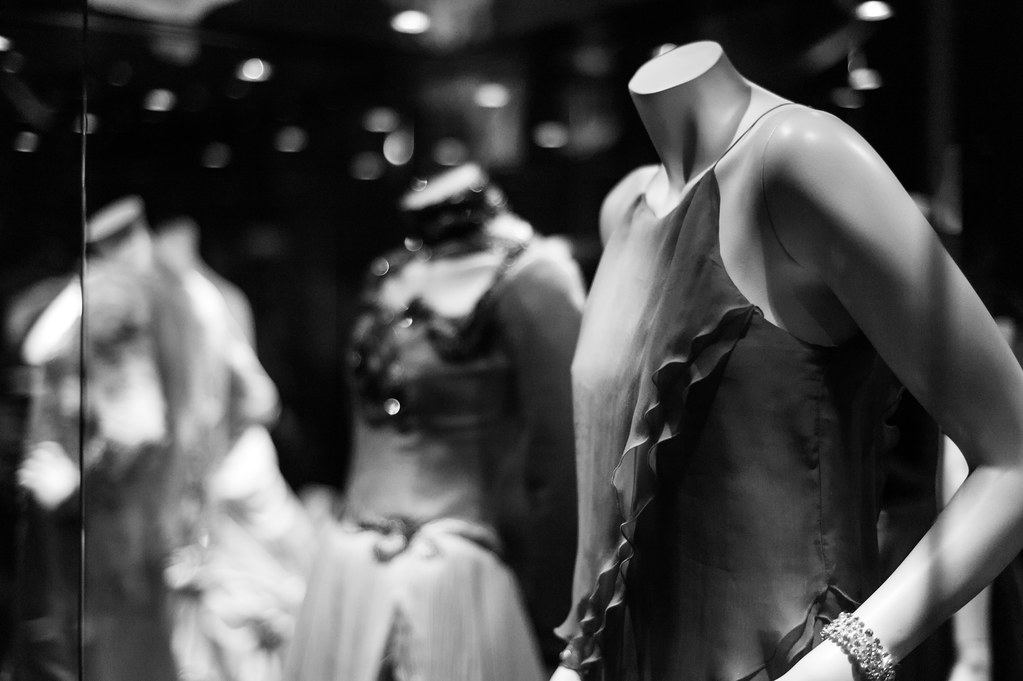der Koekje
Member
Hey guys. I'm in the process of picking up my first Leica (an M6 or M6 Titan by the looks of it), and I'm looking to pair it with a nice lens. Since these are expensive bodies, and I don't quiet have the cash on hand for a lineup of lenses yet, I thought I would pair it with a Zeiss lens since I really like their rendering and they provide better value for money (especially the Distagon but I can't find a second hand copy).
To this end, I found a nice deal on the C-Sonnar 50mm F1.5 ZM, but I'm worried about having this as my only lens. Since I'm planning to use it with film, it's going to be hard adjusting to the focus drift because I can't reliably practice without having a digital back for reference. It will also be hard to give the camera to my girlfriend or friends and trying to explain this issue to them.
I also worry about sharpness. I know it's a characteristic design but as my only lens I do kind of want something sharp and I'm not sure whether this one will deliver on this front. How do you guys usually use this lens? At F2.8? Is it comparable to the Planar at that aperture? I know film is about character rather than clinical sharpness that's expected from digital, but I'm not looking to do lomography here.
I'm also looking at the Planar and the 35mm F2 Biogon, but I do appreciate the extra stop of light for indoor/night photography. I'm looking at the TTArtisan lenses as well. I wonder when they are planning to release their 50mm F1.4 and whether I should wait for it.
Anyway. I'm just curious to hear your thoughts about using the Sonnar as my only lens for a while.
To this end, I found a nice deal on the C-Sonnar 50mm F1.5 ZM, but I'm worried about having this as my only lens. Since I'm planning to use it with film, it's going to be hard adjusting to the focus drift because I can't reliably practice without having a digital back for reference. It will also be hard to give the camera to my girlfriend or friends and trying to explain this issue to them.
I also worry about sharpness. I know it's a characteristic design but as my only lens I do kind of want something sharp and I'm not sure whether this one will deliver on this front. How do you guys usually use this lens? At F2.8? Is it comparable to the Planar at that aperture? I know film is about character rather than clinical sharpness that's expected from digital, but I'm not looking to do lomography here.
I'm also looking at the Planar and the 35mm F2 Biogon, but I do appreciate the extra stop of light for indoor/night photography. I'm looking at the TTArtisan lenses as well. I wonder when they are planning to release their 50mm F1.4 and whether I should wait for it.
Anyway. I'm just curious to hear your thoughts about using the Sonnar as my only lens for a while.










